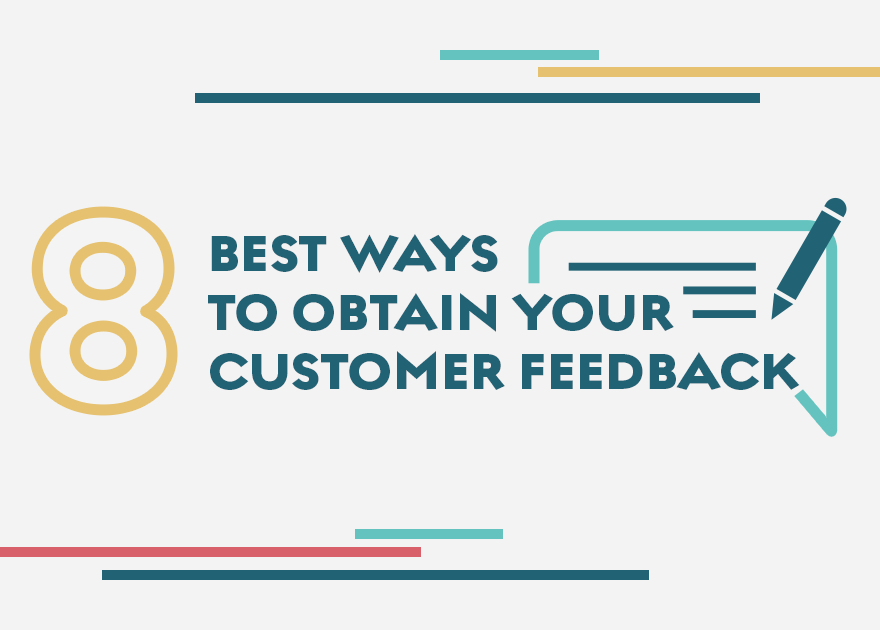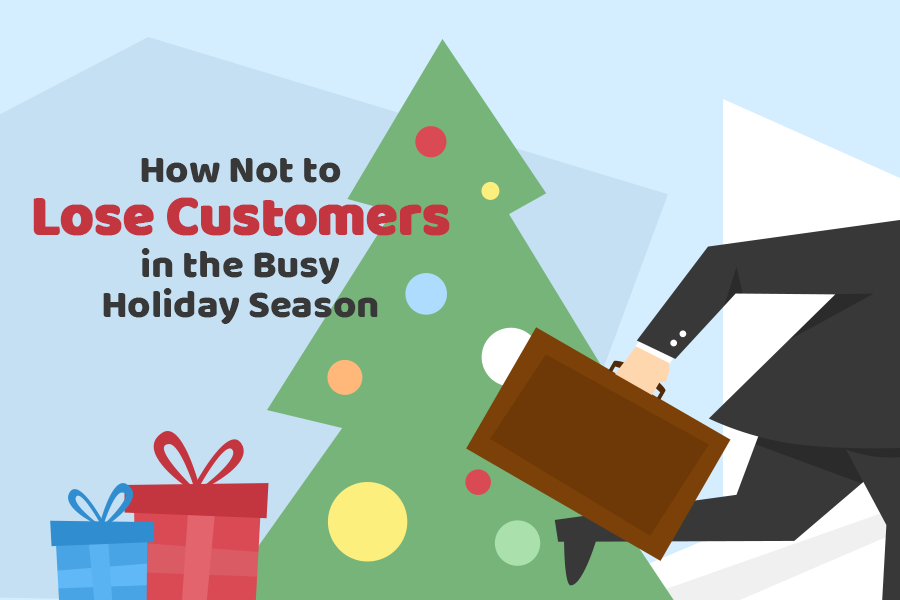Whenever your customers contact you they can share their ideas and offer suggestions. This information is valuable both for business development and customer experience improvement. Your customers show your flaws and suggest where you need to work harder to bring your products or services to perfection. In fact, according to Microsoft research 52% of people around the globe believe that companies need to take action on feedback provided by their customers. Furthermore, that report also suggests that brands are viewed more favorably by 77% of consumers if they proactively invite and accept customer feedback.
Continue reading

